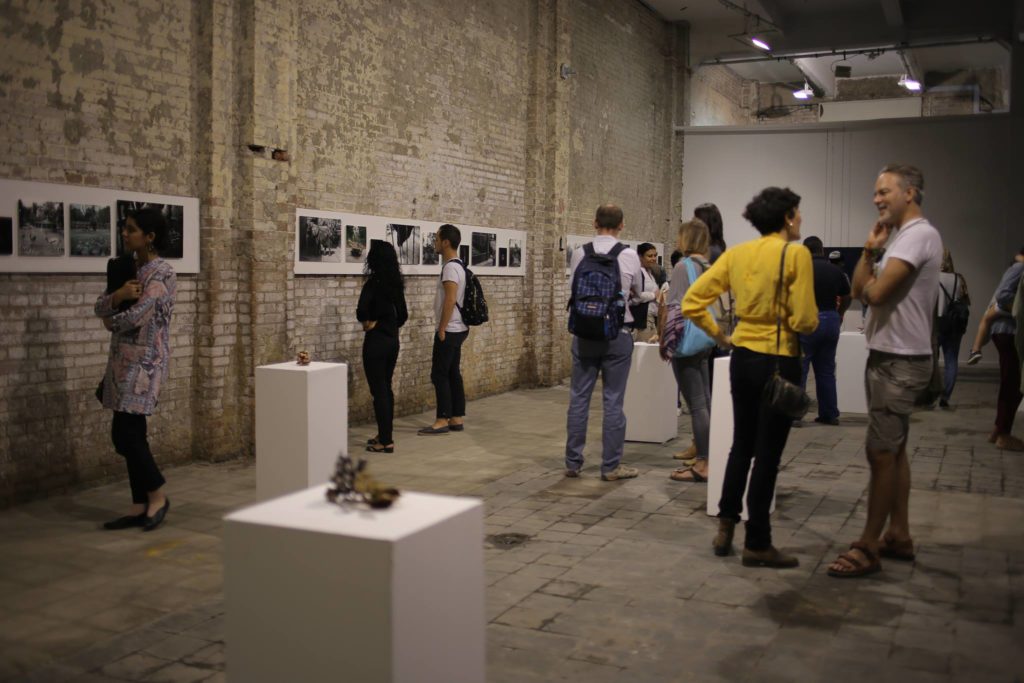Art World
Cairo’s Townhouse Gallery Reopens in New Location
The non-profit space has had a turbulent year.

The non-profit space has had a turbulent year.

Alyssa Buffenstein

Cairo’s Townhouse Gallery, founded in 1998, finally found its footing again this past September, after being shut down by Egyptian authorities last winter, the Art Newspaper reports. After a temporary re-opening in February, and partial demolition by the government in April, the gallery moved into a new home in a former paper factory.
That is not to say the turbulent times are over. This week, just over a month after celebrating its September re-opening, with an exhibition by Irish-born, Cairo-based artist Bryony May, the resilient space is forced to—only temporarily—close its doors once again.
Protests over Egypt’s economic situation are set to take place today, November 11; at least 17 people have been detained by police for calling for protests, according to Daily News Egypt, and authorities have recommended that businesses in downtown Cairo remain closed on that day.
On Tuesday, Townhouse Gallery posted an announcement to its Facebook page, stating that the gallery will be closed from Wednesday, November 9, through Saturday, November 12.

Work of artist Bryony May at Townhouse Gallery. Photo courtesy Townhouse Gallery on Facebook.
The raid in December 2015 saw officials from the Censorship Authority, Tax Authority, National Security Agency, and Ministry of Manpower inspect the space, question its employees, and confiscate paper and digital documents. It is thought the raid was tied to other surprise inspections on contemporary art spaces in downtown Cairo, in cooperation with the Office of Artistic Products Police Department.
Townhouse then temporarily reopened in February 2016, after authorities served staff with a list of new, expensive, and nearly impossible infrastructural regulations to follow. The gallery’s programming was also subject to inspection, a tactic director William Wells called, “a means to control freedom of expression.”
In April, a section of the building collapsed, and was then partially demolished by the government, before total demolition was successfully halted due to the building’s potential listed status.
Wells says he hasn’t given up hope yet on the prospect of returning to the main building one day. Currently, however, the former site is entangled in court cases regarding the illegality of the demolition.